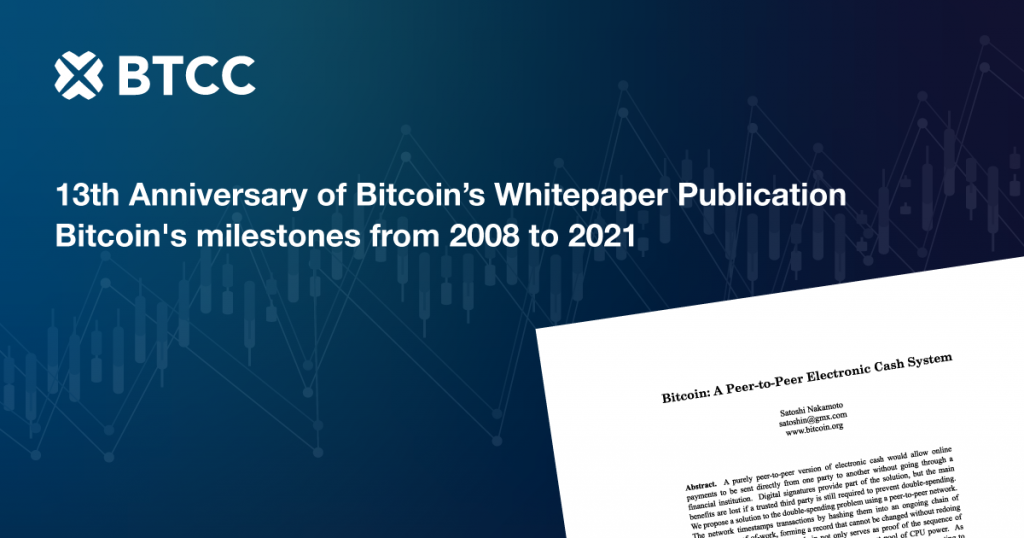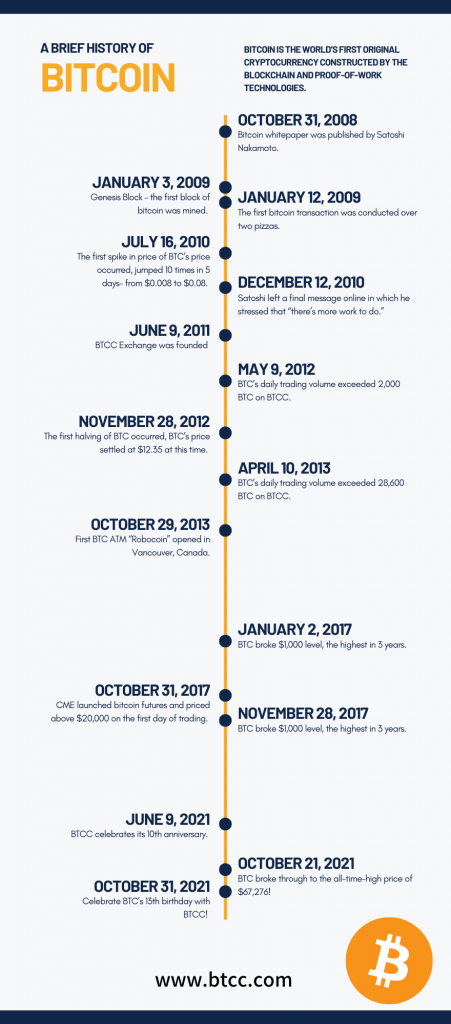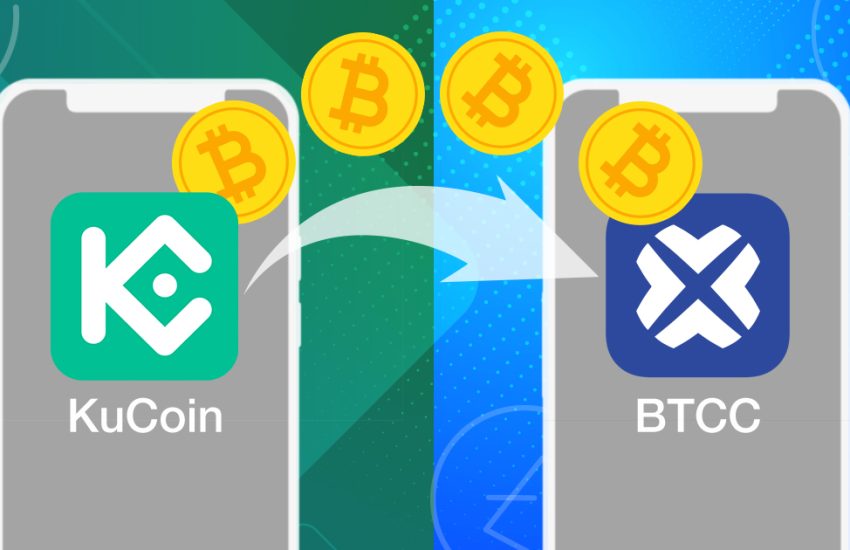Happy birthday Bitcoin: Crypto’s first white paper turns 13 today!

13 years ago- Oct 31, 2008 Bitcoin (BTC) – the first fully decentralized, peer-to-peer electronic cash system was conceived by anonymous creator(s) Satoshi Nakamoto. Bitcoin’s whitepaper, titled: A Peer-to-Peer Electronic Cash System introduced bitcoin into the world. After 13 years, the whitepaper continues to serve as a testament bitcoin’s capabilities and its growing influence in the world of fintech.

Bitcoin whitepaper explained, where it all began
In the wake of the global financial crisis that plagued the end of 2008, anger at the worldwide banking industry, governments and other centralized authorities reached its peak. Financial institutions charge users high transaction costs which goes towards their efforts in resolving disputes and mediation. Small or micro-transactions are impractical thus subjecting users to a minimum transaction size payable to the financial institutions. The process is deemed slow and expensive. Verification of ownership and double-spend problem are also prominent issues associated with third party financial intermediaries.
To address the issues caused by our overreliance on intermediary financial authorities, bitcoin whitepaper builds a case for the invention of a new decentralized online payment system.
Problems and solutions
1. Eliminate the need for third party intermediaries via cryptography and blockchain
“I’ve been working on a new electronic cash system that’s fully peer-to-peer, with no trusted third party.” Were the words written by Satoshi in an open email. Satoshi argues that electronic cash payments are problematic because of its reliance on a “third-party intermediary” like a bank or service to approve and execute each transaction.
The bitcoin currency system eliminates the need for trust in third-party intermediaries by allowing peer-to-peer transactions that are immutable and based on cryptographic proof to protect users from fraud. Banks are not needed to facilitate transactions. Governments are also unnecessary in the creation and dissemination of the currency. This is possible because bitcoin is underpinned by the blockchain technology, a public ledger of digital transactions on a network of decentralized database. It runs simultaneously across thousands of computers to distribute records across the world. Everyone in the network is constantly validating and updating this system.
2. Solving the double-spending problem via the timestamp server & Proof-of-Work
Up until the advent of bitcoin, double-spending- when a digital currency is spent twice or more in transactions was a huge problem in digital currency transactions. This is because it is impossible for the recipient to ascertain whether funds being spent have already been spent without the involvement of a third-party verification service. When a user double-spend their currencies, overall supply would be inflated and everyone else’s money would be debased.
In the whitepaper, Satoshi proposed the use of a peer-to-peer distributed timestamp server as a solution.
The timestamp server is a software that records transactions in real-time to include in a cryptographic hash. The hash is a sequence of unique numbers and letters that serves as a complex mathematical problem which miners solve before the transaction can be added into the blockchain. This process is called Proof of Work or mining. This is a consensus system to validate transactions. This allows each node (a computer connected to a crypto network) to participate in validating transactions together to maintain and share the same set of transaction records to form a decentralized peer-to-peer network system. Miners who successfully solves a Proof of Work problem (the solution is a correct hash), a new block is added to the blockchain. Miners are rewarded with bitcoins (incentive). New transactions are subsequently broadcasted to all computers or nodes in the bitcoin network.
Attempts to reverse transactions would require heavy expenses including expensive hardware equipment and electricity usage, making fraudulent transactions infeasible. For example, 51% of bitcoin’s entire hashpower would be needed to reverse a single hour of transactions. The difficulty in solving PoW and operating as a popular consensus mechanism also renders changing a blockchain unlikely since it would require the re-mining of all subsequent blocks. The blockchain is maintained by a distributed network of nodes and all participants need to cooperate to reach consensus. As more miners join the network, the probability of a single person or group obtaining enough computational power to reverse transactions on blockchain decreases. The factors outlined above makes blockchain highly secure. They prevent users from printing and using coins they didn’t earn or double-spend at the same well.
Happy 13th birthday bitcoin
Bitcoin has grown to a new all-time-high spot price of $66,974.77 per BTC on 20th of Oct 2021 as the U.S. SEC approved the launch of Proshares Bitcoin ETF. Citi remarked that bitcoin could be the currency for international trade. Paypal and Tesla has invested in crypto early this year. The increasing popularity of bitcoin is expected to keep skyrocketing as bitcoin users grow globally.
We’re betting on BTC to continue flourishing in the crypto industry. Our wish is for you to join BTCC and celebrate BTC’s successes with us. You can put your trading skills to the test with our free demo trading account to start with. We also advise you to keep abreast of bitcoin trends through our social media platforms and official website to never miss the wonderful trading opportunities and benefits BTC has to offer.
Happy 13th birthday bitcoin!



